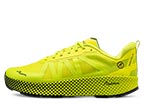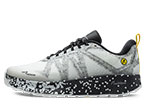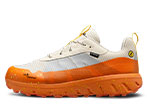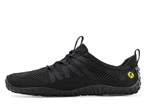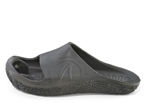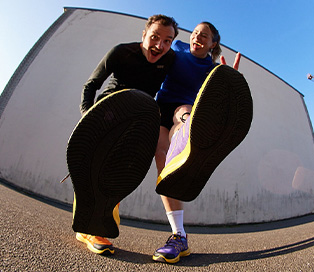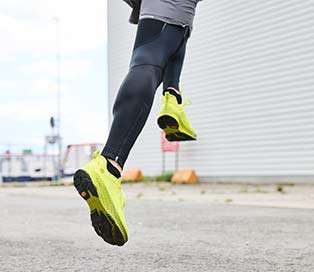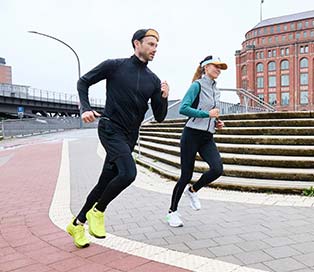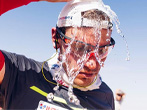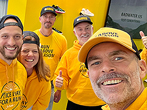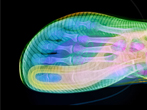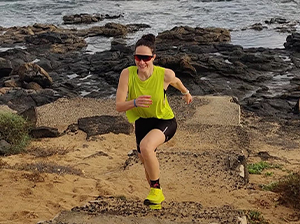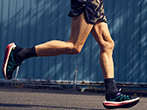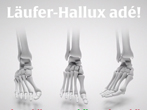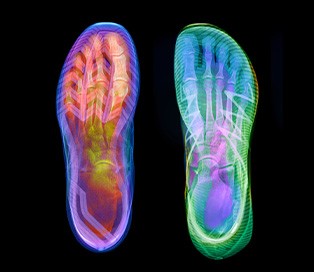The importance of big toe
“When I was young I found out that the big toe always ends up making a hole in a sock. So I stopped wearing socks”. – Albert Einstein
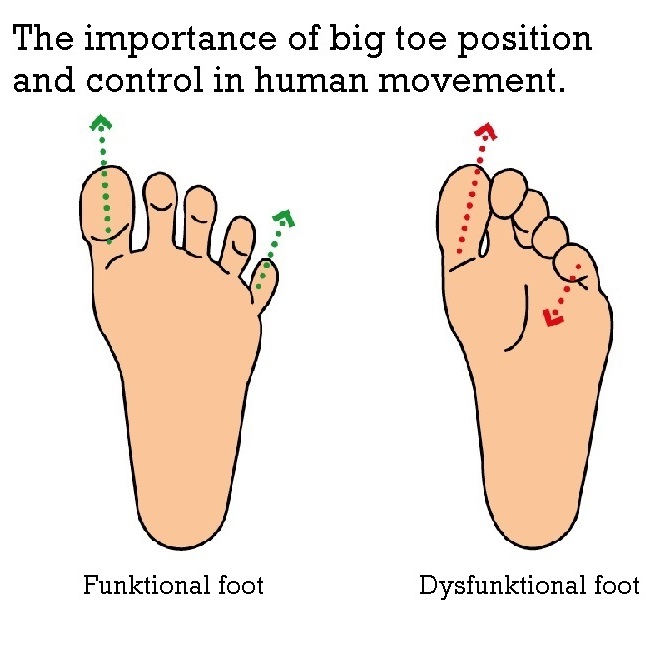
- Rolian C, Lieberman DE, Hamill J, Scott JW, Werbel W. Walking, running and the evolution of short toes in humans. Journal of Experimental Biology. 2009; 212:713-21.
- Hoffman P. Conclusions drawn for a comparative study of the feet of barefooted and shoe-wearing peoples. The Journal of Bone and Joint Surgery. 1905; 3:105-36.
- D’Aout K, Pataky TC, De Clercq D, Aerts P. The effects of habitual footwear use: foot shape and function in native barefoot walkers. Footwear Science. 2009; 1(2):81-94.
- Shu Y, Mei Q, Fernandez J, Li Z, Feng N, Gu Y. Foot morphological difference between habitually shod and unshod runners. PLoS ONE. 2015; 10:e0131385.
- Chou S, Cheng HK, Chen J, Ju Y, Wong MA. The role of the great toe in balance performance. Journal of Orthopaedic Research. 2009; 27:549-54.
- Mei Q, Fernandez J, Fu W, Feng N, Gu Y. A comparative biomechanical analysis of habitually unshod and shod runners based on foot morphological difference. Human Movement Science. 2015; 42:38-53.
- Yavuz M, Hetherington VJ, Botek G, Hirschman GB, Bardsley L, Davis BL. Forefoot plantar shear stress distribution in hallux valgus patients. Gait and Posture. 2009; 30(2):257-9.
- Stoneham R, Barry G, Saxby L, Wilkinson M. Relationships between foot structure, function and peak-knee adduction moments in different footwear conditions during over-ground running. Proceedings of the Fortius International Sports Injury Conference, London: September 2018.
- Plank M. The pattern of forefoot pressure distribution in hallux valgus. The Foot. 1995; 5(1):8-14.
- Hashimoto T, Ueno K, Ogawa A, Asamizuya T, Suzuki C, Cheng K et al. Hand before foot? Cortical somatotopy suggests manual dexterity is primitive and evolved independently of bipedalism. Philosophical Transactions of the Royal Society B. 2013; 368(1630):20120417.
- Aiello L, Dean C, Cameron J. An Introduction to Human Evolutionary Anatomy. Elsevier Science; 1990.
- Willems TM, Witvrouw E, Delbaere K, Mahieu N, De Bourdeaudhuij I, De Clercq D. Intrinsic risk factors for inversion ankle sprains in male subjects a prospective study. The American Journal of Sports Medicine. 2005; 33(3):415-23.
